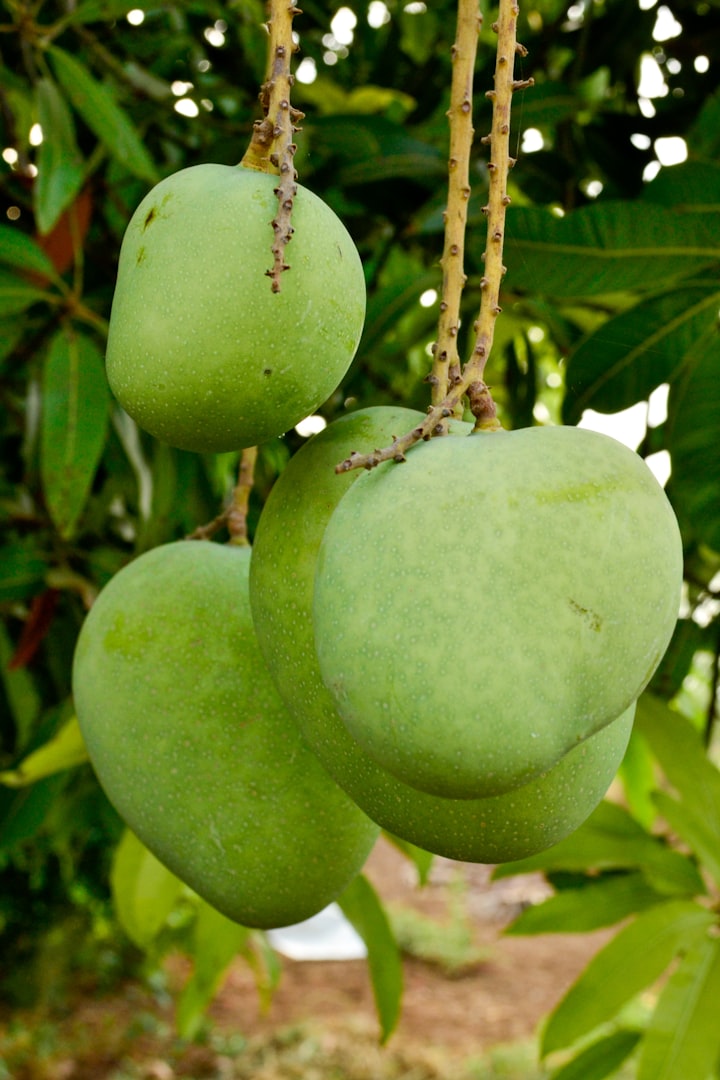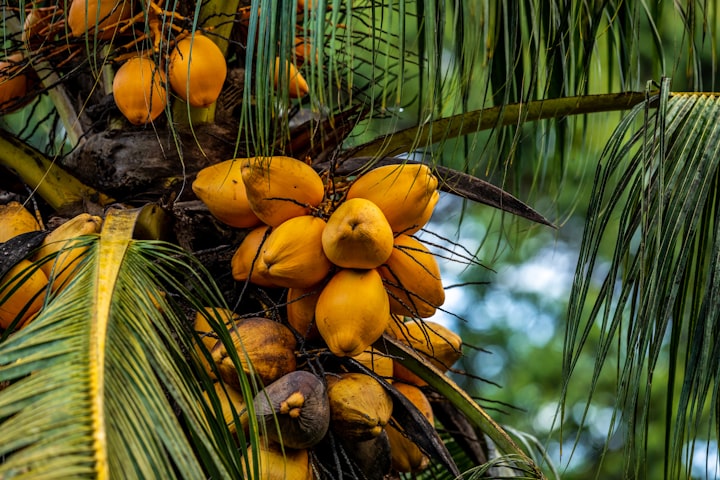
What are the uses of mango tree?
The lifespan of a mango tree is more than 100 years, and during all this time, it confers its valuable gifts on many generations.
When considering the useful parts of mango tree, one can say that almost every part of the tree is useful to humans in some way or the other. So, the uses of mango tree and many - from being a part of religious ceremonies to the treatment of ailments
The most consumed part of a mango tree is its fruit. The mango is not only a sweet and juicy delight, but also has therapeutic properties. Here's how a mango a day may help in keeping ill-health at bay:
Prevents anemia: Mango is rich in iron. Consuming mango in adequate quantities helps in increasing iron levels. Also, the vitamin C present in mango increases the absorption of iron.
Improves digestion: Disorders of the digestive system are a major cause of poor health. Being rich in fiber and polyphenols, consuming mango aids in decreasing constipation and inflammation of the bowels.
Helps gain weight: Many individuals find it hard to gain weight. According to Ayurveda, consuming mango with milk helps in nourishing the body and gaining weight.
Boosts immunity: Apart from vitamin C, mango also contains folate, zinc and vitamin B6. All these contribute greatly towards strengthening the immune system and boosting our immunity.
Improves eyesight: Do you know why the mango pulp has a rich yellow color? It is due to the presence of an abundance of carotenoids which help in improving eyesight.
Keeps heart healthy: Research shows that low selenium levels are linked to an increased risk of heart disease. Mango is a good source of selenium and B6, both of which promote heart health.
Has anti-cancer effects: Mangiferin, a natural polyphenol present in mango, has been shown to exert anti-cancer properties. Khurana et al in their study, 'Mangiferin: a promising anticancer bioactive', published in the journal Future Science, in 2016, says that mangiferin helps in inhibiting the progression of cancer. They also say that this polyphenol has antioxidant properties, which decrease oxygen-free radicals and reduces damage to the DNA.
What are the medicinal benefits of mango leaves?
Now that you know the health benefits of eating mango, let's look at some of the medicinal uses of mango leaves:
Decreases blood pressure: Extract of mango tree leaves has antihypertensive properties. As a result, having tea made with mango leaves a few times a day helps in decreasing blood pressure.
Helps in controlling diabetes: Tender mango leaves which are pink or purple in color are rich in tannins and anthocyanins. Juice of these mango leaves taken on an empty stomach in the morning helps in controlling blood sugar levels.
Treats oral problems: Poor oral hygiene or diseases of the gums can lead to bad breath. Clean a few old/mature mango leaves and boil them in water until the water turns slightly yellow. Add some salt to this water and rinse the mouth with it. This helps address problems of unhealthy gums.
Eliminates free radicals: Mango tree leaves contain antioxidants and vitamin C. Consuming mango leaf extract can help eliminate free radicals and protect the body from oxidative damage.
Cleanses the stomach: Soak a few mango leaves in warm water and leave them overnight. Consuming this water on an empty stomach in the morning helps in cleansing the stomach and flushing out toxins from the body.
What are the useful parts of the mango tree?
Mango bark: Consuming the powder of dried mango bark provides relief from diarrhea.
Mango gum: The gum obtained from the bark of the mango tree can be applied on cracked feet and areas affected by scabies.
Mango sap: The juice that oozes from the branch after plucking a mango can be applied on bee stings to relieve pain.
Mango seed: Obtained from mango seed, mango butter can be applied on the skin to soothe sunburns, remove and prevent stretch marks, heal scars and reduce wrinkles. It can also be used as a hair moisturizer. Consuming mango seed extract has proved helpful in losing weight and decreasing obesity.
Varieties of mangoes
Some common varieties of mangoes found in India are, Alphonso, Banganapalli or Safeda, Neelam, Sindoora, Dasehri, Chaunsa, Kesar, Langra, Mulgoba, Himsagar, Himam Pasand and Totapuri.
Over the centuries, the mango tree has spread across India and the world. Today, according to the National Horticulture Board, about 1,500 varieties of mango are grown in India, with each having a unique taste and flavor. This is also a reminder of how popular the mango is in our country, and how much we love it.





Comments
There are no comments for this story
Be the first to respond and start the conversation.